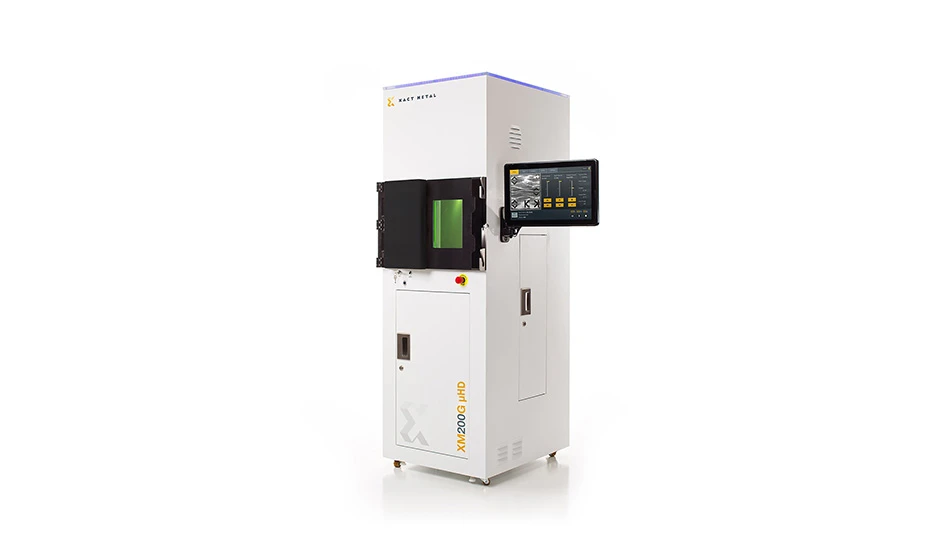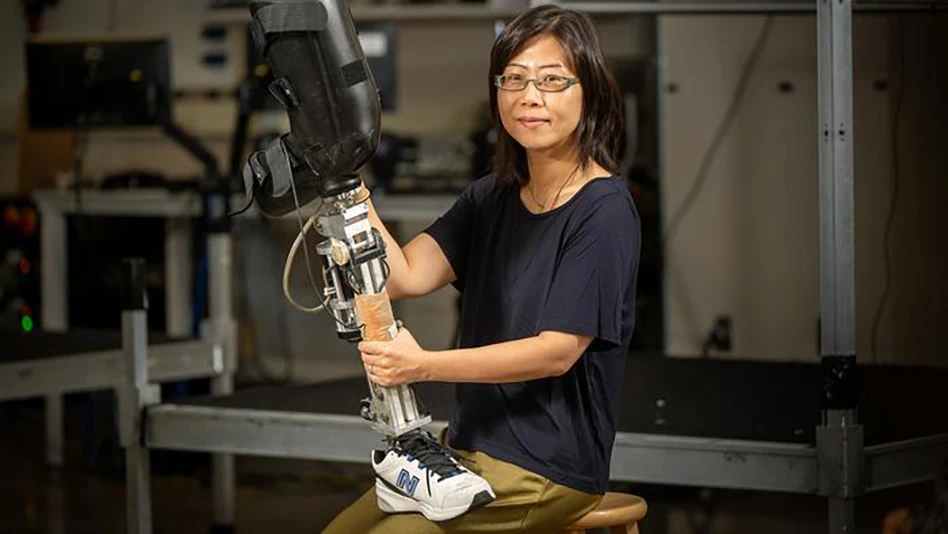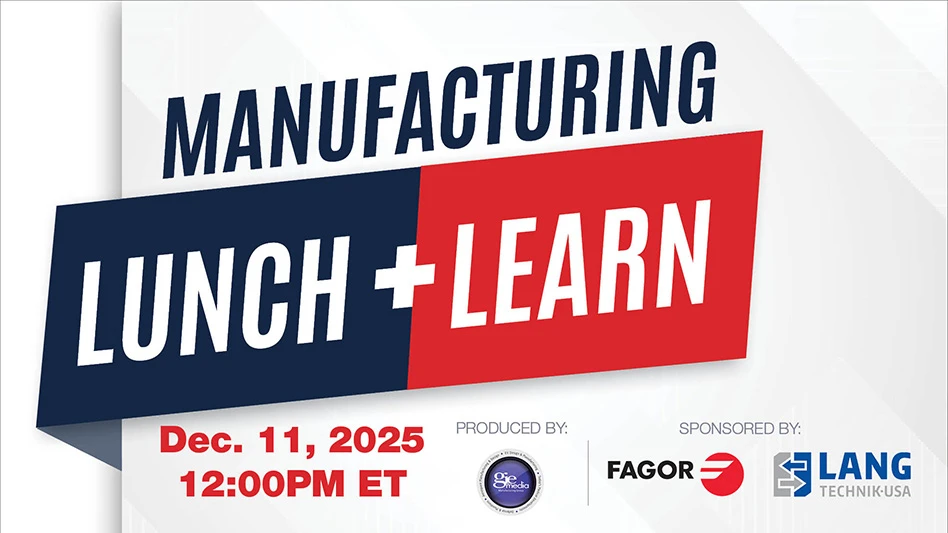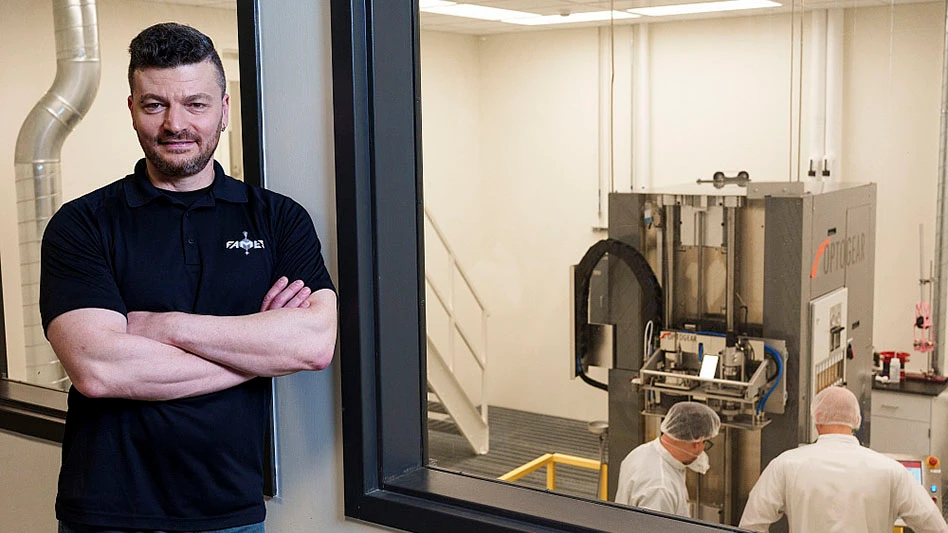 GibbsCAM VoluMill Solids is a new option for the high-speed- machining (HSM) of solid models directly within GibbsCAM. The VoluMill Solids option – an incremental enhancement to the GibbsCAM VoluMill Wireframe option, which integrated fully within GibbsCAM – allows users to select solids, surfaces, and facet bodies, for quick and easy generation of HSM toolpaths with ultra-high performance and efficiency.
GibbsCAM VoluMill Solids is a new option for the high-speed- machining (HSM) of solid models directly within GibbsCAM. The VoluMill Solids option – an incremental enhancement to the GibbsCAM VoluMill Wireframe option, which integrated fully within GibbsCAM – allows users to select solids, surfaces, and facet bodies, for quick and easy generation of HSM toolpaths with ultra-high performance and efficiency.
Typically, traditional roughing toolpaths are generated as parallel offsets (with sharp corners and transitions), which require stops, starts, and variable speeds for optimizing motion to reduce tool wear and excessive tool loading. In contrast, VoluMill develops toolpaths optimized for volumetric material removal, based upon desirable material removal rates, by using continuous tangential motion, specialized contour ramping, and adaptive feedrates to achieve the highest possible feeds and speeds. By leveling tool load, maintaining constant machine-tool motion, and using high-speed-repositioning, the software produces more efficient toolpaths, extends tool life, and significantly reduces cycle times. The GibbsCAM VoluMill Solids option provides users the ability to machine solid models directly, whether created in GibbsCAM, SolidWorks, Inventor, CATIA, Pro/ENGINEER Wildfire, Siemens NX, or almost any other CAD system. VoluMill Solids is available immediately for the GibbsCAM 2010 and subsequent releases.
The GibbsCAM VoluMill Wireframe and Solids Package provide users volumetric material removal on solid, surface and wireframe models, and on any combination of part and stock boundaries. It supports an unlimited number of islands, tapered walls, variable pocket depths, and variable island heights. Additional key features that contribute to faster material removal, extended tool life, and much shorter cycle times include:
- Programmed rate of material removal to keep tool and workpiece temperature consistent, and to dissipate heat with chips;
- Automatic feedrate adjustment and automatic depth of cut to maintain programmed material removal rate, eliminate excessive material conditions, and minimize tool wear, heat build-up, and vibration;
- Intelligent side milling and slot milling (with programmer override) to provide the fastest possible cycle time, with feedrates and Z-depth automatically adjusted in slot milling for constant material removal;
- Smoothing radius to maximize tool utilization, minimize cycle time, and extend programming flexibility;
- Contour ramping to maximize material removal in tight areas, with safe access, while minimizing cycle time;
- Up to 100% step-over to ensure complete cleanup without leaving any material standing;
- When tight spaces are detected, automatic application of special tool motion ensures fast clearing of small pockets;
- Clean-up milling to allow a smaller tool to clean up material left by a larger tool in a previous operation; and
- High-speed-repositioning, with minimal clearance and no tool drag across machined floor, to maximize machine utilization and minimize cycle time.
Gibbs and Associates
Moorpark, CA
gibbscam.com

Explore the June 2010 Issue
Check out more from this issue and find your next story to read.
Latest from Today's Medical Developments
- GrindingHub Americas launches in 2027 in Cincinnati, Ohio
- Methods Machine Tools now offers the Nakamura-Tome NT-Flex
- Battelle awards $900,000 in STEM education grants to Ohio schools
- #55 Lunch + Learn Podcast with KINEXON
- Starrett and Gerstner offer limited edition, American made 1950s replica wooden machinist tool chests
- EMCO’s UNIVERSALTURN 50: The new benchmark in universal turning
- Archetype's Expertise for Equity accelerates early-stage innovation
- Stratasys expands its AM solutions with Tritone's cutting-edge technology





